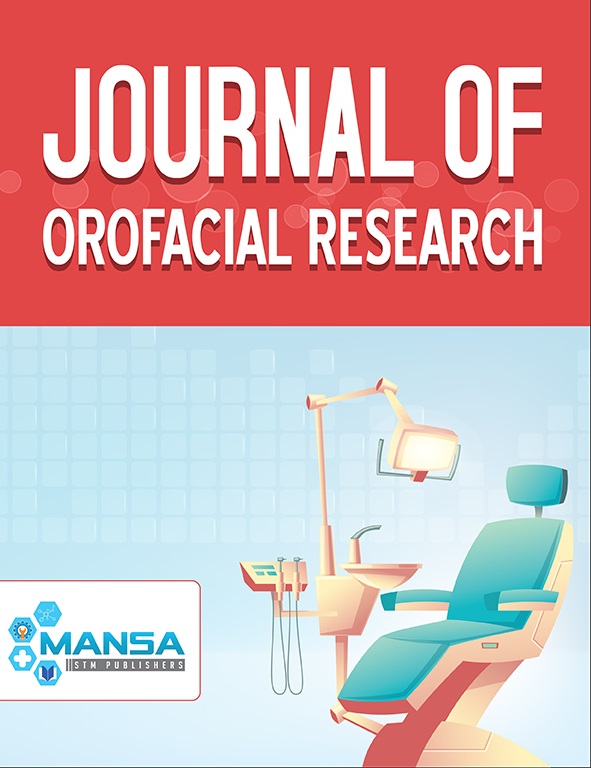A systematic review of Therapeutic benefits of honey in treating alveolar ostetitis
Keywords:
Honey, alveolar ostetitis, therapeutic agent, antibacterial propertiesAbstract
A major complication that follows extraction of tooth/teeth in Oral Surgery is Dry socket. The various treatment modalities for alveolar ostetitis namely, antibacterial dressings, obtundent dressings such as zinc-oxide eugenol, topical anesthetic dressing and combinations are used. Since ancient times honey has been used in folk medicine and has more recently been rediscovered by medical researchers for its use in dressing acute and chronic wounds. It also halts advancing necrosis. Hence honey can be considered in the management of dry socket. A computerized literature of medical databases search using Pubmed/Medline/NIH (1966 to 2015), Embase (1980 to 2015), Science direct (2015) and the Cochrane Library (1999-2015) was done. Although several publications have mentioned the use of honey in various procedures mainly for burns, ulcers, boils, pilonidal sinus, venous bed sores and diabetic foot ulcers, only one article mentioned the use of honey as the treatment for alveolar ostetitis. The rejuvenation of interest in honey as a modern wound dressing offers an additional tool for both patients and clinicians in managing dry socket. Continued research is needed to increase our understanding about the role of honey in a variety of wounds and its effect on healing compared to other treatment modalities.

